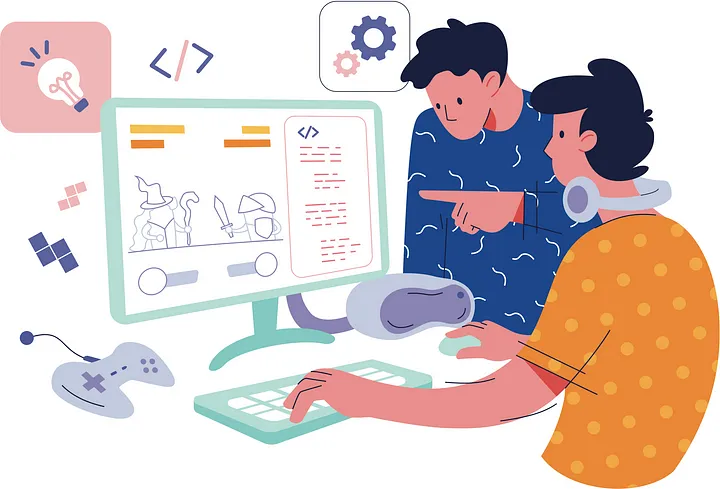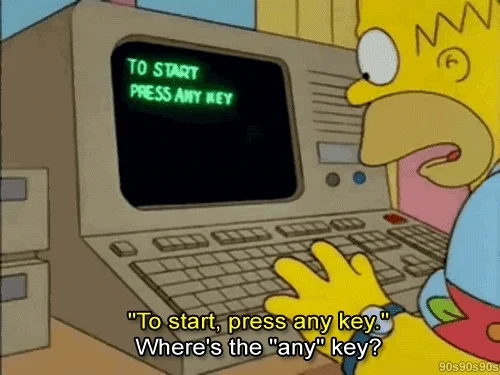How To Become Developers’ Favorite Designer: 8 Tips And Examples

This article was first published by Dana Wu on Medium.
Are you a designer looking to build stronger relationships with developers? Do you want to make your designs easier to implement and more effective? Look no further! In this blog post, we’ll provide you with 8 tips on how to become a developer’s favourite designer, with real-life examples to help you understand how to put them into practice.
1. Communicate effectively
Communication is key to any successful project, and design is no exception. Be clear and concise in your communication with developers, and use visuals and diagrams to help them understand your vision. For example, if you’re designing a website, you might create wireframes and prototypes to help developers understand the layout and functionality of the site.Developers often have questions and concerns about the designs, so it’s important that you are responsive and available to answer their questions and address their concerns. For example, if a developer has a question about the font size on a particular page, be available to answer their question and provide feedback.
2. Understand the technical constraints
Developers work with code, so it’s important that you understand the technical constraints of the project. Work with the developers to understand what is possible and what isn’t, and design with these constraints in mind. For example, if you’re designing an app that needs to be accessible to people with disabilities, you’ll need to understand the technical requirements for accessibility.
3. Be open to feedback and make compromises if needed
Developers are often the ones who have to implement your designs, so it’s important to be open to their feedback and suggestions. Be willing to make changes to your designs based on their feedback. For example, if a developer suggests a different color scheme for a website, be open to their suggestion and work with them to make the necessary changes.
4. Provide detailed documentation
Developers need detailed documentation to understand the designs and implement them effectively. Provide them with detailed documentation that includes specifications, design files, and any other relevant information. For example, if you’re designing an app, you might provide developers with a user flow diagram and a detailed list of specifications for each screen.
5. Keep your design files organized and easy to navigate
This will make it easier for developers to find the information they need and implement your designs effectively. For example, you might organize your design files into folders by project, and provide developers with a table of contents to help them navigate the files.
6. Use a consistent design language
Consistency is key when it comes to design. Use consistent design language across all of your designs to make it easier for developers to understand and implement them. For example, if you’re designing a series of marketing materials, use the same color scheme and typography across all of the materials.
7. Stay up-to-date with technology
Technology is constantly changing, so it’s important to stay up-to-date with the latest trends and tools. This will help you design more effectively and make it easier for developers to implement your designs. For example, if you’re designing a website, you might stay up-to-date with the latest trends in responsive design.
8. Be a team player
Finally, be a team player. Work collaboratively with the developers and be willing to help out wherever needed. This will help build strong working relationships and make the project a success. For example, if a developer is struggling with a particular coding challenge, offer to help them out by reviewing their code or providing suggestions for improvement. By being a team player, you’ll build trust and respect with the developers, making you a valuable member of the team.
By applying these tips in real-life situations, you’ll create a more collaborative and productive work environment, leading to better designs and more successful projects. Remember, it’s not just about the technical aspects of design; it’s also about building strong relationships with your colleagues and working as a team. So, don’t be afraid to reach out to your developers, ask for feedback, and be open to suggestions. By doing so, you’ll not only become a better designer, but also a more valuable member of the team. In the end, it’s all about creating great products and experiences that benefit everyone involved.
This article was first published by Dana Wu on Medium.





